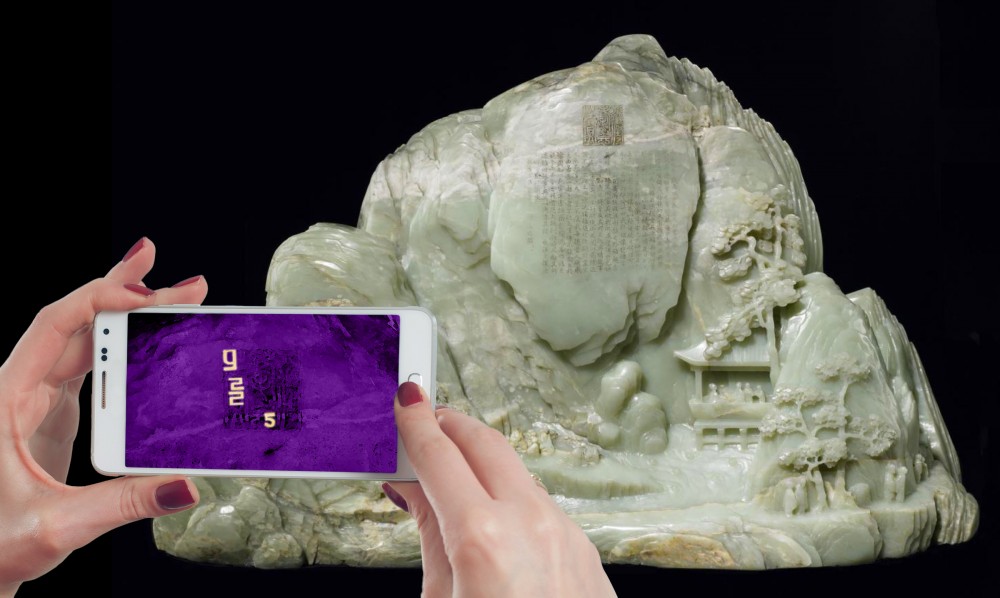The Minneapolis Institute of Art will be transformed into a giant puzzle room this fall through a collaboration with University of Minnesota College of Liberal Arts staff.
University staff members are creating a free smartphone app, set to launch this fall, that will guide users through a hunt for clues hidden throughout the museum — both in the artworks themselves and the descriptions alongside them. The University experts and museum both hope to create a fun, engaging and unusual experience for museum visitors which may appeal to a different audience than they normally reach.
When visitors enter the museum and open the application, they will be given a clue that brings them to a particular place or work of art in the museum. Then, visitors can look around for different clues or use the application to emphasize certain features of the artworks around them.
However, University Digital Preservation Specialist Sam Porter said she and Technology Architect Colin McFadden, the other lead on the project, are still debating the puzzle’s structure.
While most puzzle rooms would weave each small clue into one large puzzle, McFadden and Porter said this might not be feasible in a museum setting. They hope to create an experience that is flexible and cohesive, allowing groups solving the puzzle together to stay together as they move through the space.
McFadden and Porter are only developing one version of the puzzle right now, so it will be a one-time experience. If the idea is successful, Porter said they will consider creating more.
While puzzle rooms are typically expensive experiences, the application and admission, as always, will be free, they said.
McFadden and Porter started the project as part of a Mia contest for projects which relate digital design to the museum in creative ways.
McFadden just started getting into puzzle rooms last fall – something that Porter had been doing for a long time. McFadden said turning the Mia into a puzzle room “clicked” immediately, and the pair won the contest.
The project is a collaboration between several partners. Porter and McFadden are learning from museum employees about art and the museum space, and from another partner, Glitch, about gaming technology, which McFadden says he and Porter hope to apply to their teaching and research at the University.
Glitch is a community arts organization that focuses on game design. They are helping McFadden and Porter with the coding and game design, and will hire University undergraduates to write the app’s code.
Douglas Hegley, Mia chief digital officer, initiated the project as part of his task to take a “more innovative … open-ended approach to technology” as the first digital-focused, high-level Mia executive.
He said he and the other museum officials hope to change the way infrequent museum visitors see the Mia, such as “smart young geeks who would think of this museum not as some dusty old warehouse, but as an active place, with a dynamic staff.”
Hegley hopes that the project can broaden the Mia’s audience as well. He said the museum is not solely a place to learn and appreciate art but also a place to spend leisure time with family and friends.
Hegley said he and the other executives want the museum to be a place where everyone feels comfortable. They believe the best way for them to do this is to offer as many different ways to experience the museum as possible.
“You can come into this museum, walk through the doors and be standing in front of a Picasso or a Monet … in five minutes without having paid a penny and that’s rare, so we just [want to] draw as much attention as possible [to that],” Hegley said.














